What Is RF and Why Do We Use It?
Radio Frequency (RF) technology is a key part of modern wireless communication, enabling data transmission over long distances without physical connections. This article delves into the basics of RF, explaining how electromagnetic radiation (EMR) makes RF communication possible. We will explore the principles of EMR, the creation and control of RF signals, and their wide-ranging uses. The article also covers the historical milestones of RF technology, the technical challenges involved, and the key components needed to ensure reliable RF communication. Through this exploration, we will understand why RF is so significant in today's interconnected world.Catalog

Figure 1: Radio Frequency
Understanding RF and Its Importance
Electromagnetic Radiation
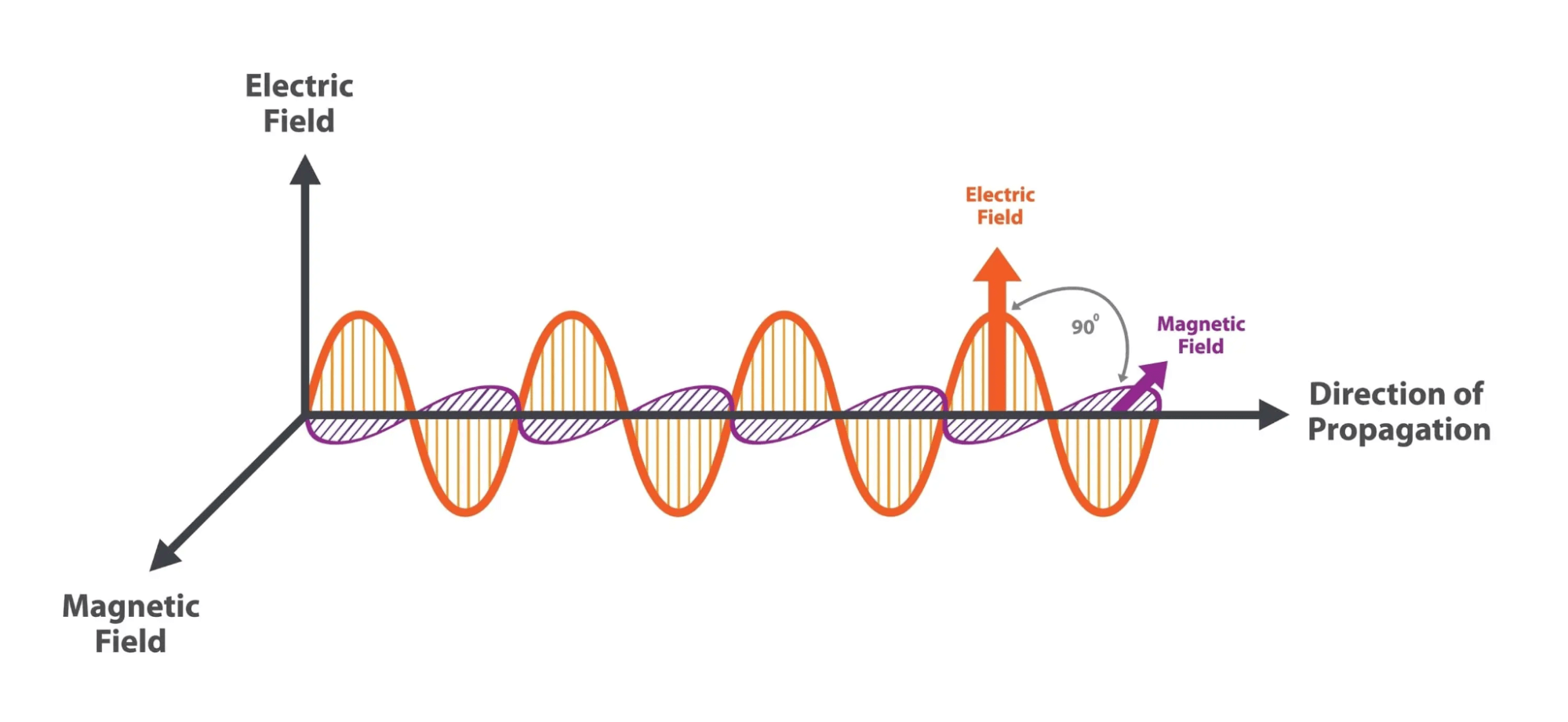
Figure 2: Electromagnetic Spectrum Diagram
Electromagnetic radiation (EMR) is central for modern wireless communication. Traditionally, wires have been used to transfer electrical energy, but advancements in technology have driven the shift towards wireless systems, with EMR being central to radio frequency (RF) communication.
EMR consists of oscillating electric and magnetic fields that travel through space. When an alternating current flows through a conductor, it generates a changing electric field, which in turn creates a changing magnetic field, resulting in an electromagnetic wave. These waves travel at the speed of light, enabling rapid long-distance data transmission.
One key advantage of EMR is its ability to support high-frequency oscillations, allowing for high data transfer rates needed for applications like video streaming, mobile communications, and internet connectivity. The electromagnetic spectrum covers a wide range of frequencies, including the RF spectrum used for most wireless communications.
EMR's ability to penetrate various materials, especially at lower frequencies, makes it ideal for indoor and urban environments where physical obstructions are common. This allows reliable communication without the need for a direct line of sight, unlike optical communication methods.
EMR's versatility in modulation allows different types of modulation schemes, such as amplitude modulation (AM), frequency modulation (FM), and phase modulation (PM). These techniques enable the encoding of various types of data onto the carrier wave, from simple voice signals to complex digital data streams.
The efficiency and effectiveness of EMR in RF communication drive its widespread use across various applications. Broadcasting uses EMR to transmit radio and television signals over large areas. Mobile communication relies on RF signals for seamless device connectivity and internet access. Satellite communication uses RF waves for data transmission between ground stations and satellites, supporting GPS, weather monitoring, and international broadcasting.
Fields and Waves in Electromagnetic Radiation
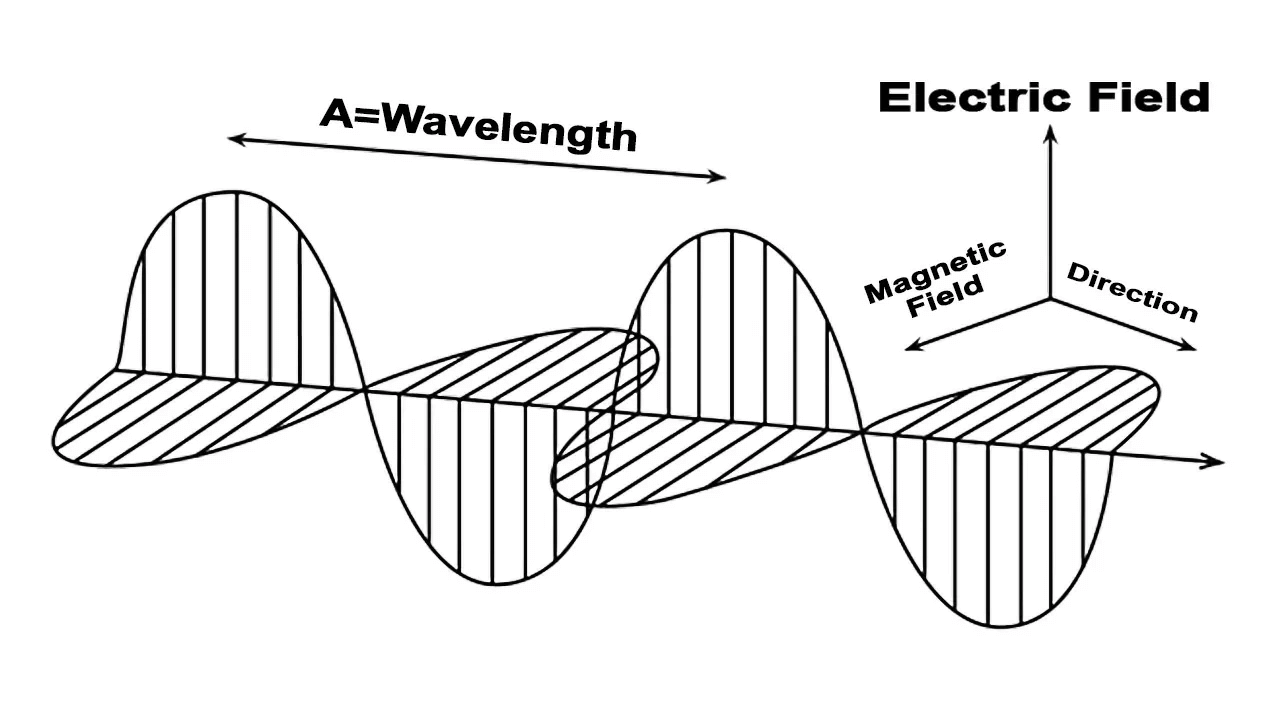
Figure 3: Fields and Waves in Electromagnetic Radiation
Electromagnetic radiation (EMR) is very important for wireless communication, involving both electric and magnetic fields. Voltage across an antenna creates an electric field, while current through the antenna generates a magnetic field. For EMR to propagate, these voltage and current must vary, causing the electric and magnetic fields to induce each other continuously, forming a self-sustaining wave that travels at the speed of light.
Electromagnetic waves have perpendicular electric and magnetic components that oscillate in a smooth, wave-like manner, allowing them to carry energy and information over long distances without physical connections. This ability to move through various materials makes EMR perfect for wireless communication.
Antennas convert electrical signals to electromagnetic waves and vice versa. The design of an antenna affects its efficiency in generating and receiving these waves. Effective antenna design ensures optimal field generation and minimal energy loss.
Electromagnetic waves travel at very high speeds, about 300,000 kilometers per second, which enables fast communications, which is important for real-time data transmission. Understanding these principles is essential for developing efficient wireless communication systems that ensure reliable data transmission over long distances and across obstacles.
Creating and Controlling EMR
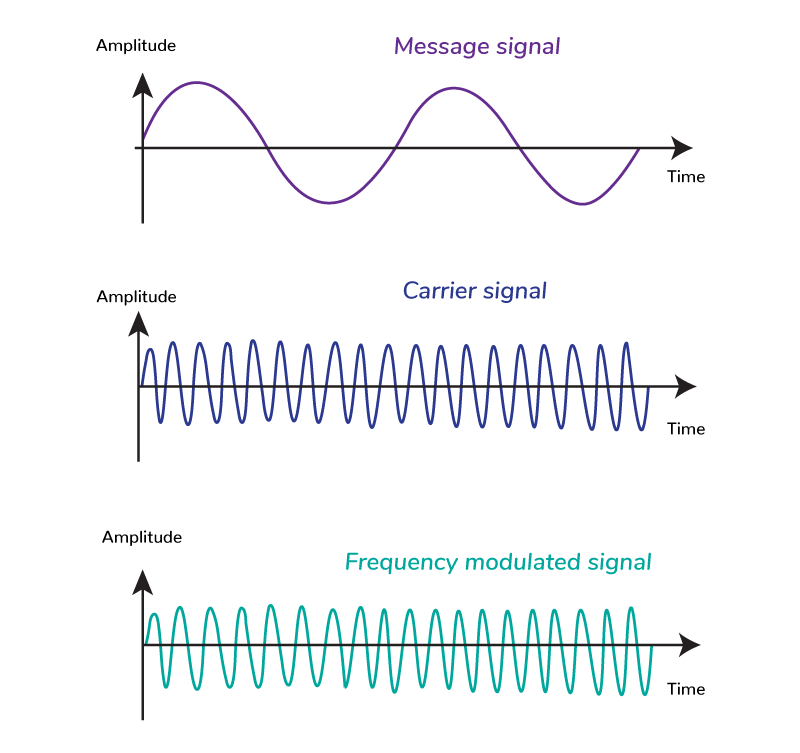
Figure 4: Radiation Patterns
Creating and controlling electromagnetic radiation (EMR) in RF design is necessary for sending meaningful information without direct electrical connections. This involves generating EMR, manipulating it, and interpreting it accurately.
Modulation is a key part of RF design. It changes a property of the carrier wave—such as amplitude, frequency, or phase—to encode information. Techniques like amplitude modulation (AM), frequency modulation (FM), and phase modulation (PM) are basic methods. Advanced methods like quadrature amplitude modulation (QAM) combine amplitude and phase changes to transmit more data efficiently.
Antenna design is very important for effective EMR control. Antennas convert electrical signals into electromagnetic waves and must match the transmitter's impedance to minimize signal loss. The antenna's radiation pattern determines the direction and strength of the waves, affecting transmission efficiency.
Filtering removes unwanted frequencies, enhancing the signal-to-noise ratio and reducing interference. High-quality filters isolate specific frequencies, improving system reliability. Amplification boosts RF signals to travel long distances or overcome losses, with linear amplifiers ensuring distortion-free signal amplification.
Demodulation at the receiver end extracts the original information from the modulated carrier wave. This process requires sensitive and selective circuitry to accurately reconstruct the transmitted data despite interference and signal degradation. Effective RF design combines these elements to create reliable wireless communication systems.
Advantages of EMR in Wireless Communication
Electromagnetic radiation (EMR) has several benefits that make it the best choice for wireless communication. These benefits include flexibility, speed, distance coverage, and the ability to work without a direct line of sight.
Agility
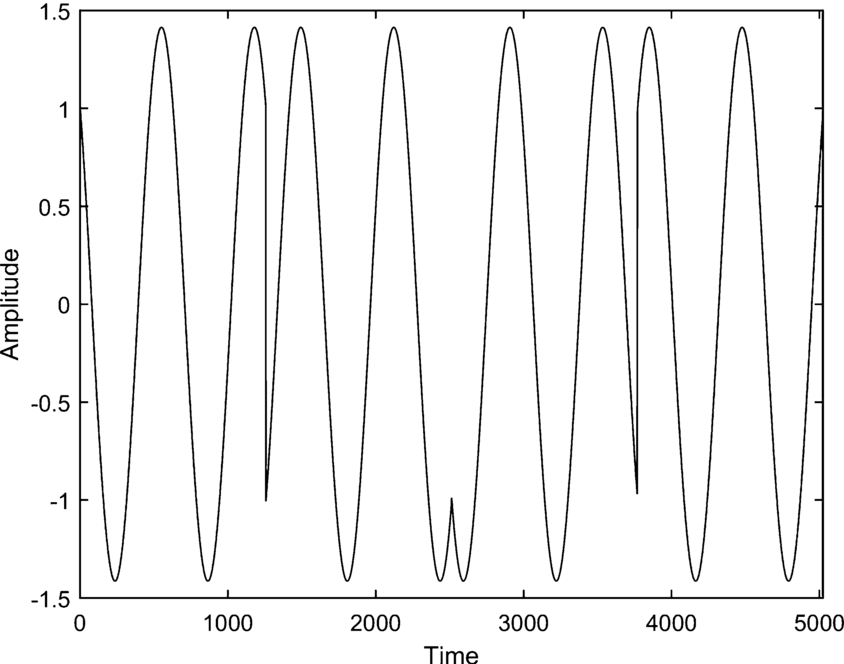
Figure 5: QPSK Waveform
EMR is a smooth extension of electrical signals used in wired circuits. When voltages and currents change over time, they create EMR that accurately shows the alternating current (AC) parts of the original signal. This precise representation makes EMR very responsive, making it perfect for reproducing the complex, high-frequency waveforms needed in modern wireless communication systems. This responsiveness ensures that even complicated signals, such as those used in digital communication methods, can be sent and received with very little distortion.
Speed
One of the standout features of RF systems is their ability to achieve very high data transfer rates. This capability comes from the efficiency of electromagnetic radiation (EMR) when operating at very high frequencies. The speed at which data can be transmitted is directly linked to the frequency of the signal; higher frequencies allow for faster signal variation, which in turn supports quicker data transmission. This characteristic is the key for applications requiring the rapid exchange of large amounts of data, such as streaming high-definition video or real-time communication.
Range
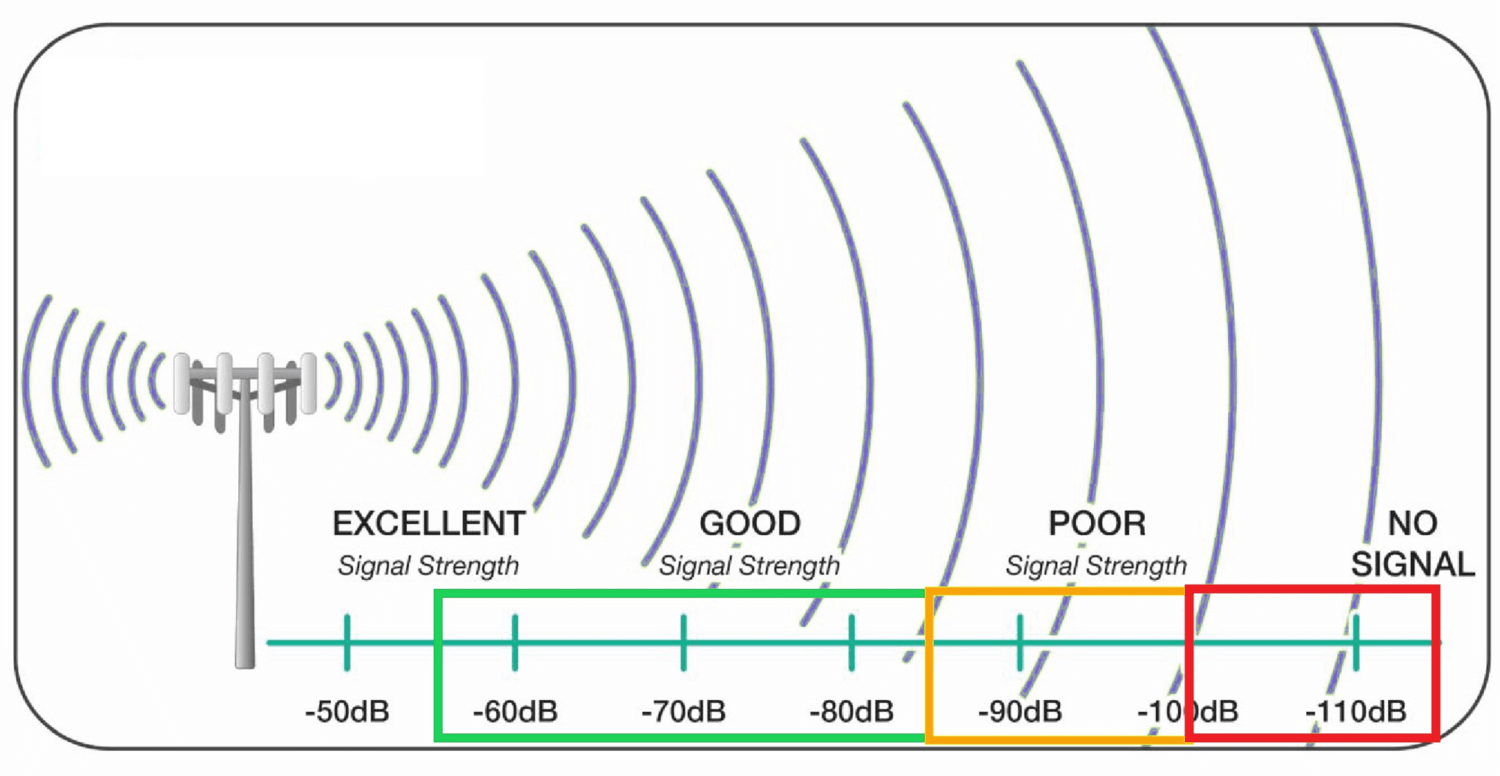
Figure 6: Long-Range RF Communication
The range of EMR is another big advantage in wireless communication. Although the strength of an RF signal gets weaker with distance, following the inverse-square law, EMR's effective use of modulation techniques and advanced receiver technologies allows it to transmit signals over long distances. This long-range capability is very useful for applications such as satellite communication and long-distance radio transmissions, where keeping a strong signal over extensive distances is needed.
No Line of Sight Needed
A major advantage of lower-frequency EMR used in RF systems is its ability to go through different materials. Unlike light, which needs a clear path, RF signals can pass through things like walls, plastic covers, clouds, and even the human body. This ability to go through obstacles makes RF communication very useful and reliable, allowing for steady connectivity in places where direct communication isn't possible. For example, Wi-Fi signals can travel through walls, giving internet access throughout a building without needing physical cables.
Why Radio Frequency (RF) Matters
Historical Context and Modern Relevance
In 1897, Scientific American doubted Guglielmo Marconi's radio wave device, not believing in its potential. Despite this doubt, Marconi saw the business possibilities of radio frequency (RF) technology. He created his wireless telegraphy system and showed it could send signals over long distances, setting the stage for modern wireless communication.
Today, RF technology is very useful in many fields. In mobile phones, RF makes it possible to send voice and data over cellular networks, helping people communicate worldwide. Advanced cellular technologies like 4G and 5G use RF to provide high-speed data transfer and wide network coverage. In radar systems, RF helps detect objects, measure distances, and track speeds, with uses in air traffic control, weather monitoring, and military defense.
Broadcast radio uses RF to send audio content over long distances, offering effective communication and entertainment. Bluetooth technology uses RF for short-range wireless communication between devices like headphones and smart home gadgets. Wi-Fi technology uses RF to provide wireless internet access, with new Wi-Fi standards greatly improving data transfer rates and network capacity.
The Internet of Things (IoT) depends on RF to connect devices like smart appliances and industrial sensors, allowing for real-time monitoring, automation, and data analysis. In medical applications, RF technology powers devices like MRI machines for detailed body imaging and RF ablation for removing abnormal tissue.
Marconi's early work has led to a new era of connectivity, making RF technology a key part of modern life. As RF applications continue to grow, their influence will expand, further integrating this technology into our everyday lives.
Dependence on RF Technology
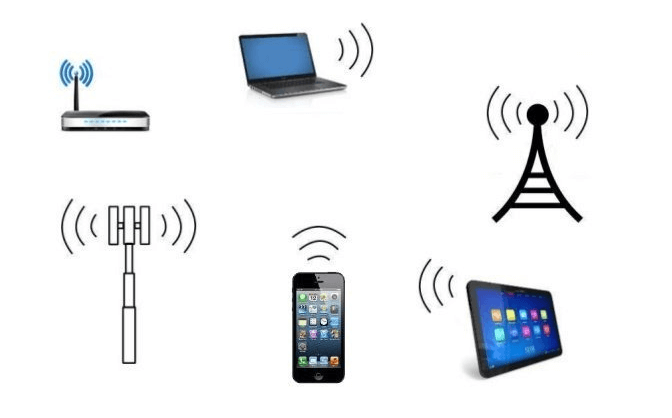
Figure 7: RF in Modern Applications
RF technology is key to our modern lives, enabling wireless communication that supports everything from personal devices to critical infrastructure. It powers mobile phones, Wi-Fi networks, Bluetooth devices, and satellite systems, all of which rely on radio frequencies to transmit and receive data without physical connections. This makes RF technology a crucial part of daily activities and various industries.
As the demand for wireless communication increases, so does the need for more bandwidth. The rise of smart devices, the Internet of Things (IoT), and high-speed internet has crowded the electromagnetic spectrum. This congestion can cause electromagnetic interference (EMI), where overlapping frequencies disrupt communication signals, leading to data loss, reduced performance, or even complete communication failure.
Efficient spectrum management is necessary to address these issues. This involves regulating the allocation and use of frequency bands to minimize interference and maximize the efficient use of the spectrum. Coordination is required at local, national, and international levels to establish standards and agreements that prevent cross-border interference and ensure seamless operation of wireless systems.
Without effective spectrum management, the reliability and efficiency of wireless communication systems would be compromised, impacting personal communications and critical services. Continued advancements and regulation in spectrum management are needed to meet the growing demand for wireless services and maintain the integrity of the connected world.
The Electromagnetic Spectrum and RF
The electromagnetic spectrum (EMS) is a range of all electromagnetic waves sorted by their frequency or wavelength. It covers a wide range of frequencies from very low frequencies (ELF) used for submarine communications, through radio frequencies (RF) used in broadcasting and wireless communications, to gamma rays used in medical imaging and treatment. Radio Frequency (RF) is a specific part of the EMS, ranging from about 3 Hz to 300 GHz, and is key for modern wireless communication technologies.
RF transmission uses electromagnetic waves to send data without physical connections. These waves can carry various information by changing the amplitude, frequency, or phase of the wave. RF energy is a core part of many electronic devices and systems. For example, in broadcasting, RF waves send audio and video signals to radios and televisions. In telecommunications, RF waves let mobile phones communicate with cell towers, allowing voice and data transmission over long distances. Satellite communication uses RF waves to send and receive signals between Earth and satellites, supporting global positioning systems (GPS), weather forecasting, and international broadcasting.
Wireless networking, including Wi-Fi and Bluetooth, also uses RF waves to connect devices without cables. Wi-Fi uses RF frequencies to provide high-speed internet access over short distances, while Bluetooth works in a similar frequency range to connect devices like headphones, keyboards, and mice to computers and mobile devices. The flexibility and effectiveness of RF transmission make it very useful for modern communication systems, allowing fast, reliable, and widespread data exchange across various platforms and applications.
RF Transmission and Its Applications
How RF Transmission Works
RF transmission uses radio waves, which include frequencies from a few hertz (Hz) up to 300 gigahertz (GHz). Modulation is a key process where the properties of a carrier wave, such as its amplitude, frequency, or phase, are changed to match the information signal. This allows data to be sent wirelessly, turning electrical signals into electromagnetic waves that can travel through the air. This method works very well at high frequencies, making RF a flexible and effective way to communicate over both short and long distances.
Measuring and Managing RF Energy
RF energy is measured in watts (W) or milliwatts (mW), which show the power level of the transmitted signal. The peak power of an RF signal determines the strength and reach of the signal. Managing the spectrum is a key process that involves regulating the use of the RF spectrum to prevent interference between different users, make the best use of the spectrum, and ensure that various wireless technologies can work together smoothly. This involves giving specific frequency bands to different services, enforcing technical standards, and monitoring compliance with regulations.
Spectrum Monitoring and Planning
Monitoring the spectrum is needed for detecting, measuring, and analyzing RF signals to find potential sources of interference and improve the performance of communication systems. This helps maintain the quality of service by ensuring that antennas and receivers are working correctly and that any sources of unwanted RF noise or interference are identified and reduced. Effective spectrum planning involves careful allocation of frequency bands based on the International Table of Frequency Allocations, which guides national bodies in organizing their frequency allocations. This coordination helps prevent conflicts and ensures that the spectrum is used efficiently, especially in crowded areas and near international borders where multiple jurisdictions may overlap.
RF Fundamentals and Terms
Understanding the basics of RF (Radio Frequency) is very important for effective wireless communication. The angle of arrival (AOA) determines the signal direction by comparing phase differences at multiple antennas. An antenna changes electrical signals into radio waves for sending and receiving information.
Bandwidth is the range of frequencies an RF signal uses, which affects how much data can be sent. Center frequency is the middle point of this range. Decibels (dB) measure power ratios, and decibel-milliwatt (dBm) shows power relative to 1 milliwatt. Demodulation takes out information from a modulated carrier wave.
Dynamic range is the difference between the weakest and strongest signals that can be detected. Gain measures how much a signal is amplified, shown in dB. Gigahertz (GHz) refers to billions of cycles per second. Instantaneous bandwidth (IBW) is the frequency range a system can handle in real-time. Interference disrupts communication, while modulation changes signal properties to send information. Noise figure (NF) measures how much the signal-to-noise ratio gets worse.
Phase noise affects the accuracy of frequency measurement. Power, often measured in dBm, indicates signal strength. Preselection filters out frequencies to reduce noise. Signal strength is the power level of a received signal; spurious signals are unwanted emissions. Sweep rate is how quickly a receiver scans frequencies, and ultra-high frequency (UHF) ranges from 300 MHz to 3 GHz, used in various applications like TV and mobile phones.
These terms are very useful for designing, implementing, and troubleshooting RF systems to ensure reliable wireless communication.
Challenges in RF Spectrum Monitoring
Effective RF spectrum monitoring depends on high-quality receivers that accurately measure power, frequency, and time domains. These receivers need to be very sensitive and have a wide dynamic range to detect both weak and strong signals. Achieving this requires careful design, calibration, and advanced signal processing.
Reducing noise is very important. Lowering the noise floor improves receiver sensitivity, allowing it to detect faint signals. Techniques such as using low-noise amplifiers, effective filtering, and proper shielding and grounding help in minimizing noise, thus improving the signal-to-noise ratio (SNR).
Choosing the right signal processing method is key. Spectrum sweeps scan a frequency range to measure signal power or amplitude, which is useful for identifying interference. I/Q data recording captures detailed amplitude and phase information, making it ideal for analyzing complex signals.
RF System Engineering and Testing
Instruments and Techniques
RF system engineering depends on specialized tools like spiral antennas, which work well over a wide range of frequencies. Recording and replay systems are very helpful for capturing RF signals continuously, allowing for detailed analysis to support spectrum management, optimize system design, and ensure communication security. These tools help engineers find and fix potential issues, maintaining the performance and reliability of RF systems.
RF Interference, Spoofing, and Jamming

Figure 8: Interference, Spoofing, and Jamming
RF interference, spoofing, and jamming are major threats to wireless communication systems. Interference disrupts signals, spoofing deceives receivers with false signals, and jamming overwhelms communication with noise. Detecting and reducing these threats involve spectrum monitoring, using directional antennas, and advanced signal processing. Techniques like strong filtering, shielding, and signal encryption are needed to ensure secure and reliable RF communications.
Conclusion
Radio frequency (RF) technology is an essential technology for modern wireless communications, which uses electromagnetic radiation (EMR) to transmit data over long distances without physical connections. Key aspects include understanding EMR principles, creating and controlling RF signals, and their diverse applications. RF technology offers agility, high speed, long-range capabilities, and the ability to function without a direct line of sight. Effective RF system management, including spectrum monitoring and interference mitigation, helps maintain a reliable, efficient communications infrastructure, making RF the backbone of our connected world.
Frequently Asked Questions [FAQ]
1. Can we hear radio waves?
No, we cannot hear radio waves. They are electromagnetic waves that our ears cannot detect. Our ears only pick up sound waves, which are different from radio waves. However, radio receivers can convert radio waves into sound waves, allowing us to listen to broadcasts.
2. Why are radio frequencies important?
Radio frequencies are key because they allow wireless communication, like broadcasting, mobile phones, Wi-Fi, and satellite communications. They let data travel over long distances without physical connections, making modern communication possible.
3. Is Wi-Fi a radio wave?
Yes, Wi-Fi uses radio waves to send data between devices. It works at specific radio frequencies, usually 2.4 GHz and 5 GHz, to provide wireless internet access.
4. How to detect radio waves?
Radio waves are detected using antennas and radio receivers. The antenna captures the radio waves, and the receiver changes them into electrical signals, which can then be processed and interpreted, such as turning them into sound for radio broadcasts or data for internet communication.
5. What are the 7 radio waves?
The seven types of radio waves, based on frequency ranges, are Extremely Low Frequency (ELF), Very Low Frequency (VLF), Low Frequency (LF), Medium Frequency (MF), High Frequency (HF), Very High Frequency (VHF), and Ultra High Frequency (UHF).